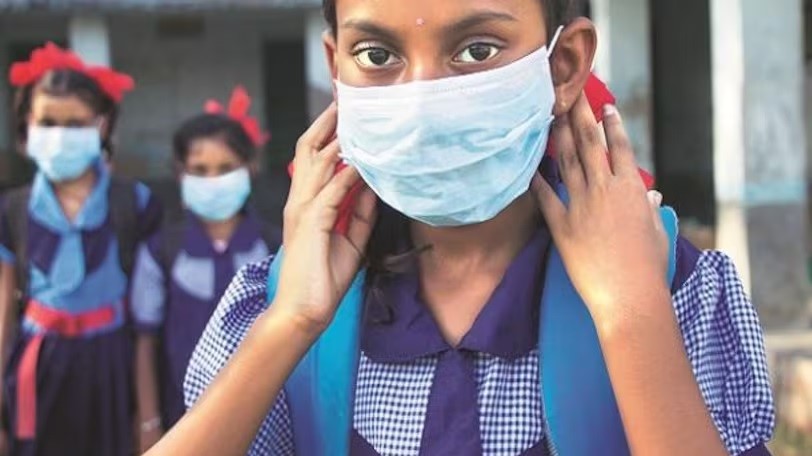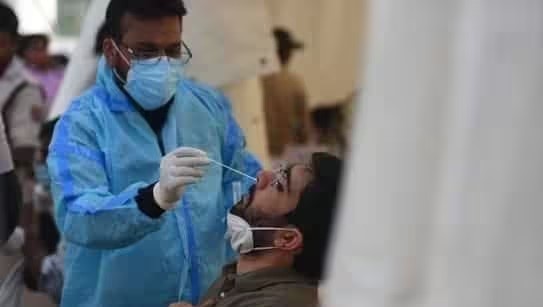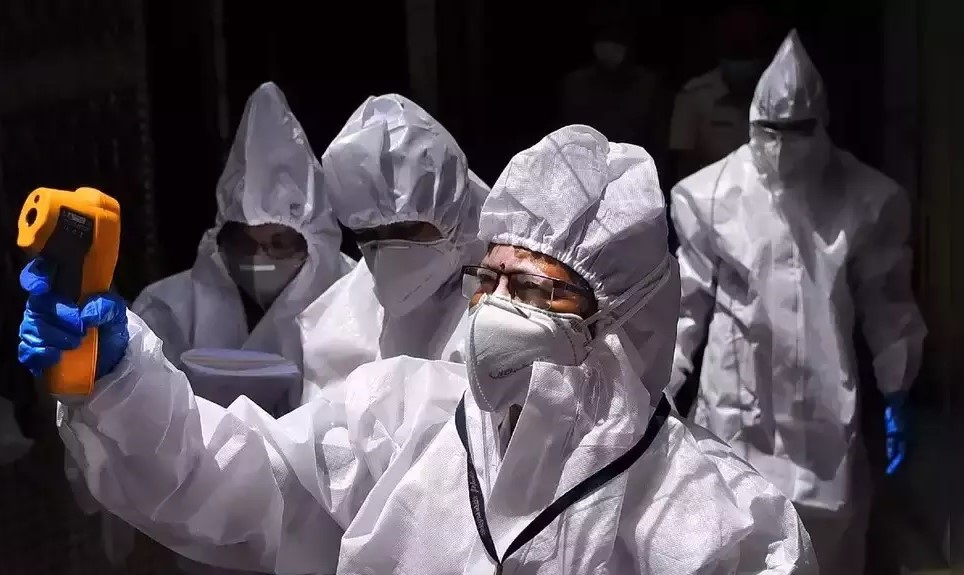The Indian Council of Medical Research’s previous head of epidemiology and communicable diseases, Dr. R Gangakhedkar, advises against panicking because there is no proof that this sub-variant causes an increase in hospital admissions or fatalities. India reports 2300+ active COVID cases.
But it’s crucial to proceed with caution, particularly for those who have long-term co-morbidities. “They ought to defend themselves,” he continues.
Over the past two months, Dr. Jayadevan, who oversees the research cell in Kerala, has seen an unexpected rise in respiratory diseases in the state. “In the beginning, influenza was the main cause of this; COVID was only sporadically discovered in October. But since November, the percentage of COVID-19 among these individuals has been rising rapidly, as is usually the case at the start of a COVID pandemic.”
He also stated, “The majority of people do not take a COVID test, which has an impact on how accurate community-level data is. He continues, “The seven months that have passed since April are common between waves in cyclical viral diseases like COVID-19.”
Continuing, “According to Dr Jayadevan, JN.1 differs from the dominant varieties of the recent past, which were all merely little modifications of the variants that came before them. Hence, he continues, “the additional concern about JN.1.”
Positively, there seems to be no difference in the clinical profile of symptoms induced by JN.1. The extent to which it will infect entire communities is less certain. “We witnessed the Omicron incident, which was initially reported in South Africa in November 2021. It had blanketed the entire earth in six weeks. Omicron, which is similar to JN.1, was fortunately a moderate variation, according to Dr. Jayadevan.
The Indian Council of Medical Research’s previous head of epidemiology and communicable diseases cases, Dr. R Gangakhedkar, advises against panicking because there is no proof that this sub-variant causes an increase in hospital admissions or fatalities. But it’s crucial to proceed with caution, particularly for those who have long-term co-morbidities. “They ought to defend themselves,” he continues.
Also read: What is Disease X, and may it pose a greater threat than Covid? Doctors clarify


The degree of immunological evasiveness—the virus’s capacity to elude or outlive immune defenses brought up by repeated vaccinations, unintentional infections that increase the number of cases, or both—is likewise unknown. According to preliminary findings from Yunlong Richard Cao’s research and Sato Lab in Japan, JN.1 is the most immunological evasive strain to emerge recently. To fully comprehend its transmissibility, immune evasion, and severity, more research is required.
This implies that it may theoretically infect anyone who have either spontaneously contracted the virus or received vaccinations, according to Dr. Jayadevan. Over the next few weeks, helpful clinical data will become available, which will direct us as to the extent of local measures that must be taken. For instance, the best-case situation would be if the wave soon subsided, and reduce as many fatalities as we can.
On the other hand, many will become unwell at once even if they are not admitted to the hospital if a big number of people are infected. Second, some vulnerable people may experience catastrophic consequences and fatalities if it spreads, the expert warns.
Whatever the virus’s composition, it is just one of many circulating bacteria that will change and develop in our environment. Dr. Jayaprakash Muliyil, an epidemiologist, thinks that we simply need to learn to live with it.






